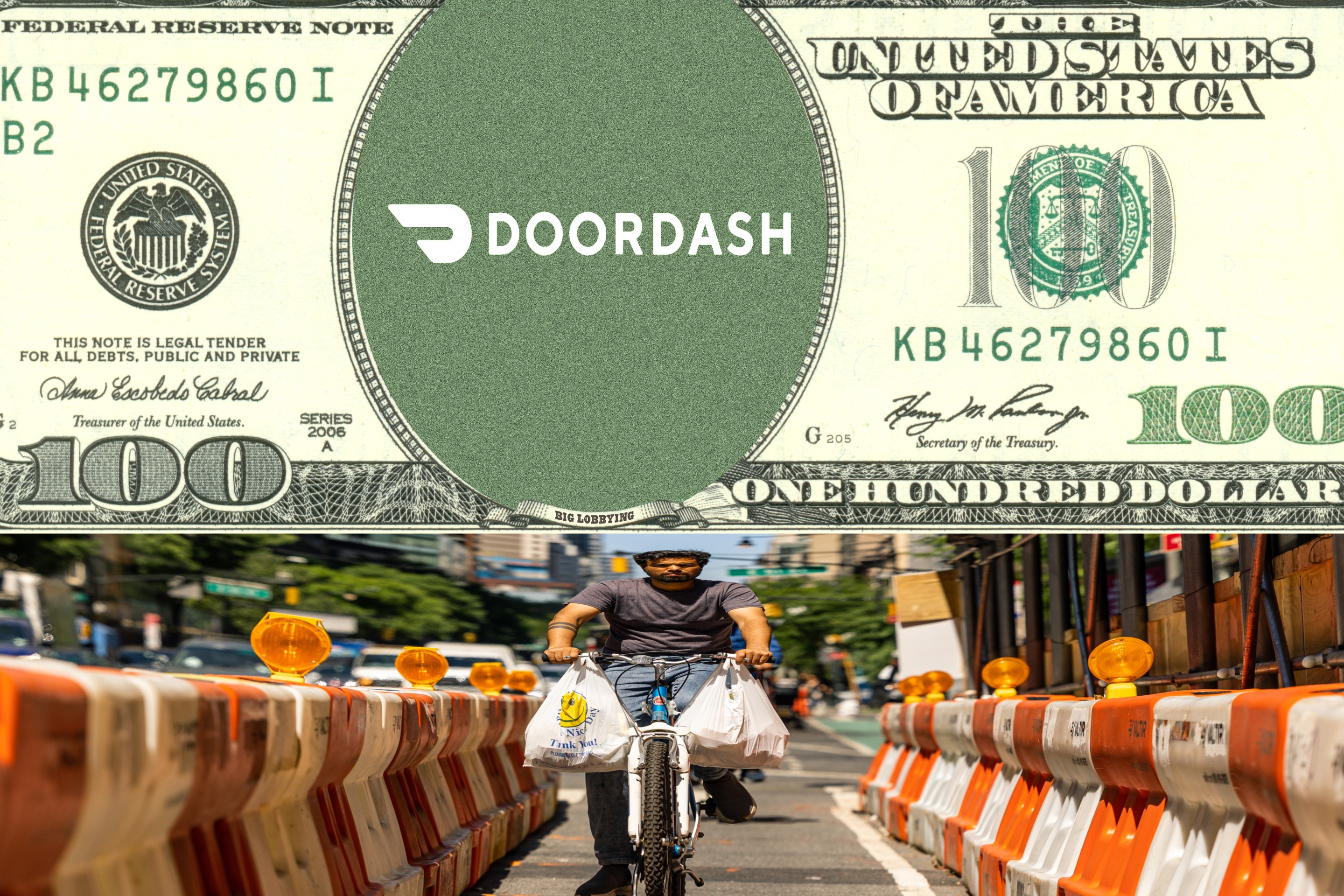In its recent update of PlaNYC, New York's long-term sustainability plan, the city committed itself to the proposition that “requiring too much parking to be built in a dense city like New York can encourage driving, contribute to congestion, and unnecessarily raise the cost of new development.” That was a major breakthrough given the Department of City Planning's previous reluctance to admit that parking minimums induce traffic, but PlaNYC's lack of substantive commitments to parking reform left many wanting.

All that was promised were three studies: one on parking requirements inside the Manhattan core, one on parking minimums in the rest of the city, and one on the effect of minimums on affordable housing. Now, however, a clearer picture is beginning to emerge about how city planners intend to address the latter two issues.
Speaking at an event held by NYU's Furman Center last week, Department of City Planning sustainability director Howard Slatkin explained that the department is working toward reducing parking minimums for both market-rate and affordable housing in what he called New York's "inner ring": Upper Manhattan, the South Bronx, northwest Brooklyn and western Queens. The department appears to be unlikely to lower parking minimums beyond the inner ring. (The event was off the record, but DCP allowed us to use Slatkin's remarks.) While the Manhattan core already has parking maximums in place -- though not without loopholes -- developers building in the neighborhoods immediately outside the central city are still forced by the zoning law to include a certain amount of parking. That could soon change.
Explained Slatkin:
The department’s policy in the past decade has been to shift housing growth to denser, transit-served areas -- where people own fewer cars. It is within these “inner ring” neighborhoods outside the Manhattan core -- well served by transit, relatively dense, with lower car ownership -- that we believe there are opportunities to lower parking requirements.
This approach still hews to DCP's belief that parking minimums do not substantively affect the demand for car-ownership, said Slatkin, who pointed to both DCP's own research and, surprisingly, Transportation Alternatives' study "Guaranteed Parking -- Guaranteed Driving" to make this point. (The TA study did indeed show higher car-ownership rates in wealthy Park Slope, built largely before advent of parking minimums, than in Jackson Heights, built largely after minimums took effect, but its prime finding was that the guaranteed parking spots that stem from parking minimums lead Jackson Heights residents to drive to work at much higher rates.)
Instead, Slatkin argued that building dense and mixed-use neighborhoods near transit reduces car ownership, allowing DCP to respond in those areas by shifting parking minimums downward. In other words, reducing parking minimums is seen only as a response to lower car ownership, not as a policy that will proactively reduce the amount of driving in New York City by eliminating a major market distortion.
Delving further into the rationale behind the potential parking policy shift, Slatkin said that parking requirements impose steep costs on developers -- an important acknowledgment for the department to make publicly. Slatkin did point out that three-quarters of new residential development in the inner ring had been eligible to receive waivers from parking requirements, creating opportunities to avoid those direct costs, but when pushed, he added that even developments built with a waiver might have been negatively affected by parking minimums. Reworking developments to slide in under the waivers, by subdividing a project into smaller pieces, for example, adds its own costs.
In affordable housing, the cost component of parking minimums is even higher. Because of the requirements of certain affordable housing funding streams, explained Slatkin, it is even more difficult to rework those projects in order to be eligible for a parking requirement waiver.
That DCP is finally getting ready to reduce economically and environmentally costly parking minimums is an important step in the right direction. There's a lot that can happen between now and the fall, when Slatkin said DCP's studies will be released, and then when any zoning changes are actually voted on. We don't know how the studies will be structured, what parking minimums they will recommend, and most importantly, what political forces will weigh on City Planning. More on that critical last question in a follow-up post.





